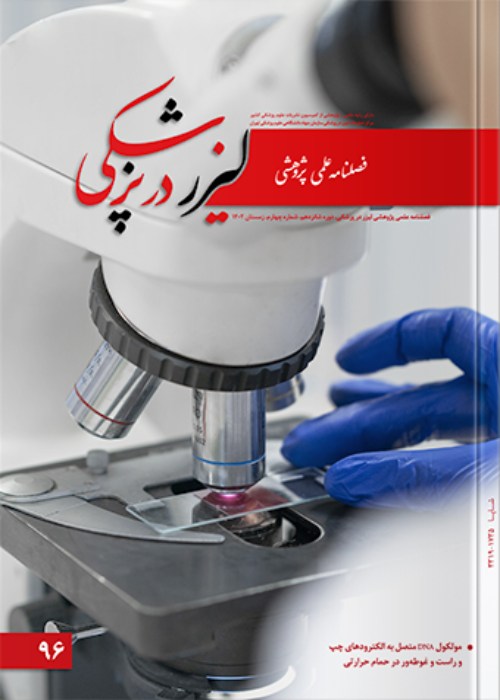Optimization of photocurrent in an infrared photodetector based on HgSe-HgTe colloidal quantum dots
The rapid development of infrared photonics has increased the demand for the design of high-performance optical photodetectors operating in the IR region. Photodetectors based on colloidal quantum dots, due to their extraordinary properties, such as affordable production costs, the ability to be fabricated on flexible layers, and the size-dependent band gap, have attracted wide attention in applications such as non-invasive medical diagnosis and healthcare. In this photodetector, photocurrent is a crucial factor in the medical and bio applications of photodetectors because they directly impact the device's sensitivity and performance.
Method & Materials:
In the study, the photocurrent is theoretically optimized and engineered by varying different design parameters such as film doping density and CQD diameter at different temperatures. To calculate the photodetector's performance parameters, one first needs to numerically solve both the Schrödinger and Poisson equations self-consistently by using the finite difference method to obtain the electron concentrations of each level, and the potential profile of a HgSe-HgTe CQDs structure and then photocurrent is calculated for the device.
The results show that with increasing the film doping density of HgSe CQDs, the photocurrent initially increases due to more available carriers for photoexcitation, but as the film doping density gets higher, after reaching a peak point, the increase in carrier concentration leads to enhanced recombination, which causes a decrease in the net photocurrent. On the other hand, increasing the film doping density of HgTe CQDs can lead to a decrease in the photocurrent density. The interplay between quantum confinement, carrier escape, and tunneling effects with increasing HgSe CQDs diameter causes the initial increase and after reaching a peak point, a subsequent decrease in the photocurrent of the photodetector. Also, with increasing the HgTe CQDs diameter, the photocurrent density of the photodetector decreases.
In general, optimizing and increasing photocurrent in medical and biological applications of infrared photodetectors improves the performance, accuracy, and efficiency of the devices, and by engineering the structure of infrared photodetectors based on colloidal quantum dots, the photocurrent of these devices can be optimized.
- حق عضویت دریافتی صرف حمایت از نشریات عضو و نگهداری، تکمیل و توسعه مگیران میشود.
- پرداخت حق اشتراک و دانلود مقالات اجازه بازنشر آن در سایر رسانههای چاپی و دیجیتال را به کاربر نمیدهد.


